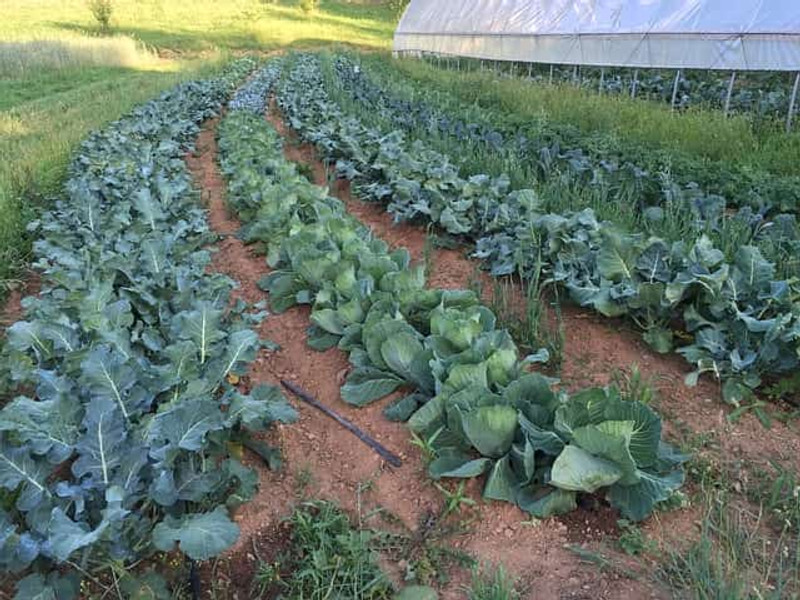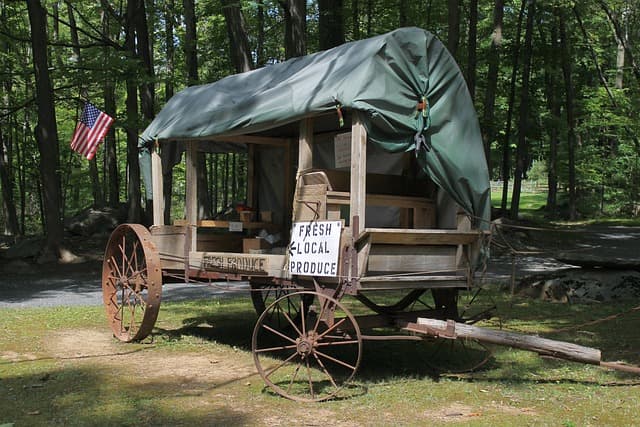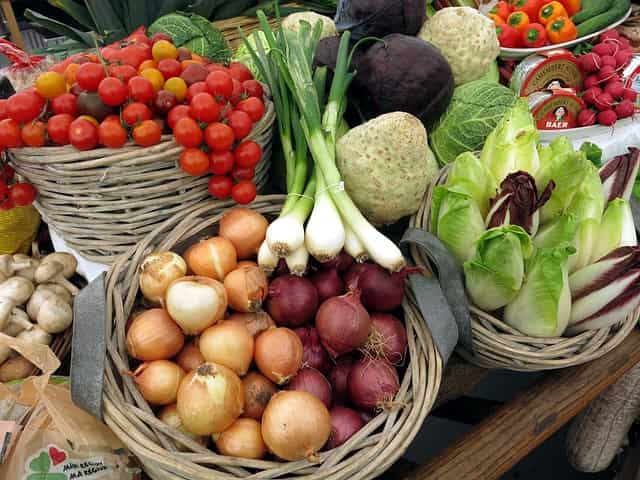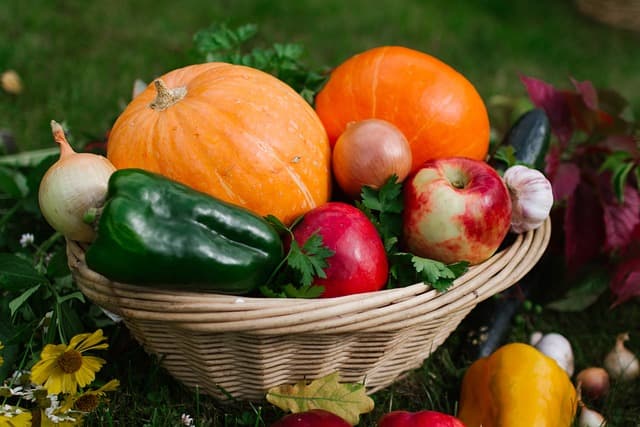
A Brief Guide to Community Supported Agriculture
May 23rd 2023
When agriculture was more localized, many families had garden or farm plots, and people depended less on grocery stores and take-out. Now you can find strawberries and corn in winter, and fresh greens shipped from thousands of miles away. It’s now common to be disconnected from the source of our nourishment. This may seem convenient, but is it healthy for us or for the planet? A plastic box of spinach flown to the East coast from California consumes a lot more fuel than the calories it provides. A solution to this dilemma can be found through community supported agriculture.
Community Supported Agriculture brings our food back home
Community Supported Agriculture makes eating local again. Farms that operate Community Supported Agriculture programs, or CSAs, offer “food shares” to the community in exchange for financial support or labor. The farm provides produce (and sometimes eggs or other products) to everyone who purchased a share, usually on a weekly basis. CSA members pick up their weekly shares at the farm or at a designated central location. Some CSAs even offer delivery services.

How CSAs help farmers
When you buy a share in a CSA, you generally pay for the share in the beginning of the season.This helps farms to stay operational in the lean months before harvest season. By running a CSA program, farmers and community members get to know one another. This is a great way to grow community connections. CSA programs also help farmers know how much to plant by forcasting a portion of their annual demand.
How CSAs benefit communities
Community members benefit from community supported agriculture by gaining access to fresh, healthy food grown locally. By supporting local farms, you contribute to regional food security and the local economy. You may get to try some new vegetables (many CSAs provide recipes along with the produce). Getting to know your local farmers puts you in touch with the people and places behind the daily ritual of eating. Having a closer connection to our source of nourishment can be grounding and inspiring as well as delicious!
A brief history of Community Supported Agriculture in the United States
Community Supported Agriculture programs started in the U.S. in the mid-1980s. The ideas behind CSAs can be traced in part to Booker T. Whatley’s criteria for successful farming. Whatley was an African-American author, horticulturist, and professor at Tuskegee University in the 1960s and 1970s. He discussed the idea of a “Clientele Membership Club,” in which members paid an upfront fee to pick their own produce throughout the growing season. Ideas about agricultural cooperatives also developed in Europe in the 1980s, and were introduced from there into the U.S.

What’s included in a CSA share? Are there options for low-income community members?
There are many variations on CSA programs. Most CSAs offer a variety of fresh vegetables and fruit. Some also have options for herbs, animal products, mushrooms, flowers, cheese, bread and more. Some CSAs allow members to choose what they want each week through on-line member portals.
Many CSAs offer reduced-price CSA shares to low-income community members. Some of the ways farms offer discounted CSA shares are by accepting EBT/SNAP benefits, through grant funding, and through donations.
How to Find a CSA
Here are quick ways to find a CSA in your area:
Nationwide: LocalHarvest: this org provides information about CSAs and has an easy search tool. Just enter your zipcode and filter by your chosen criteria. A list of nearby farms (with details and links) will pop up.
Midwest: FairShare CSA Coalition: this org offers a variety of resources for farmers and low-income households in the Midwestern U.S.
More information on CSAs can be found through the National Agricultural Library.

